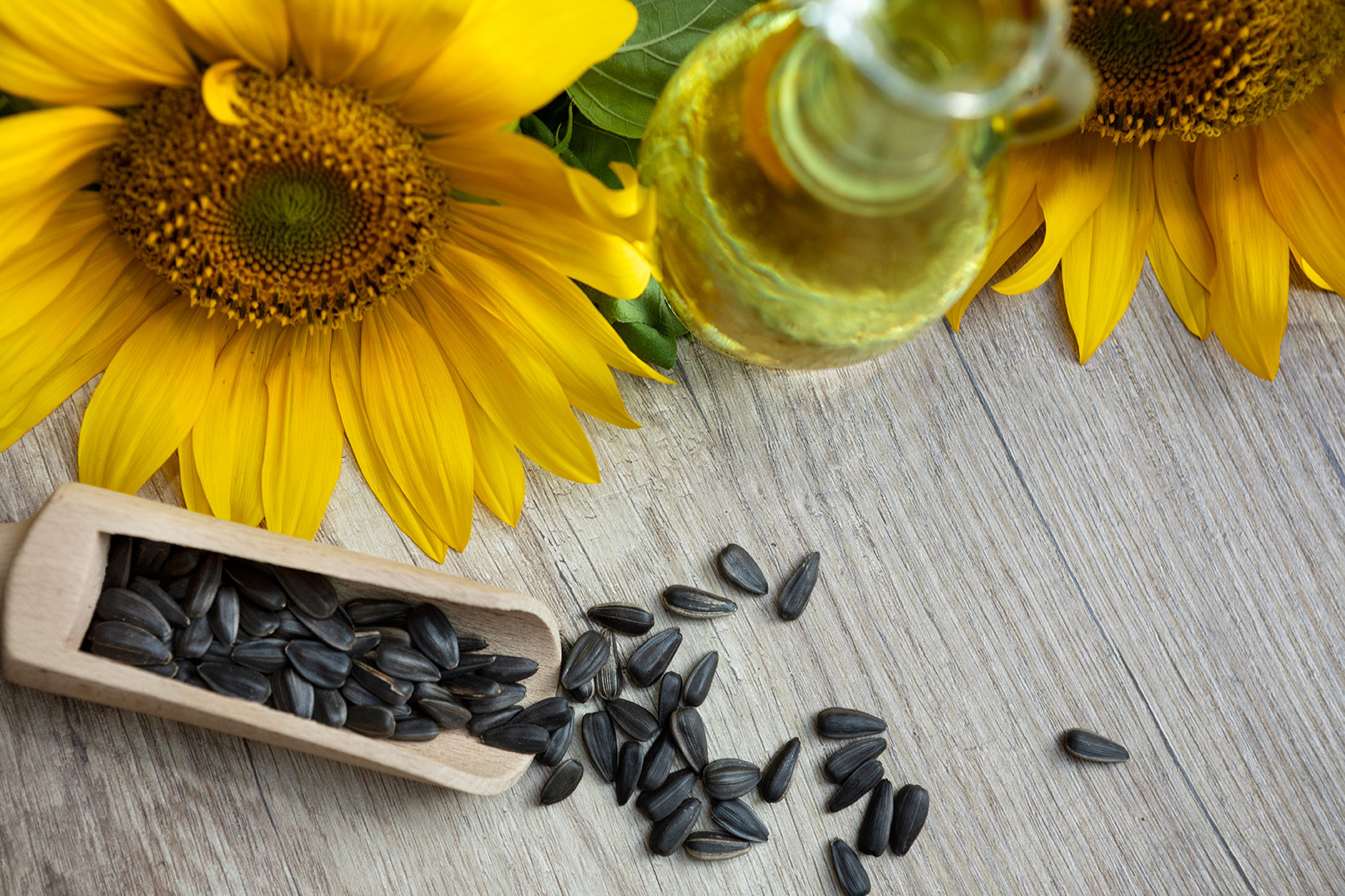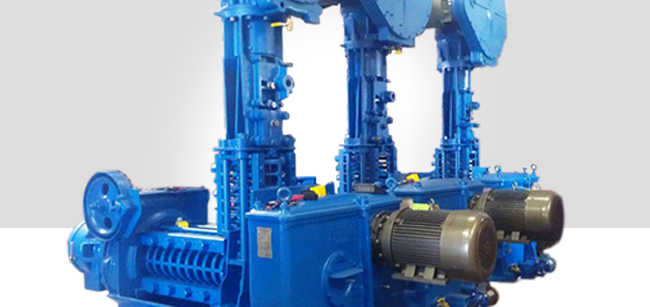
Among health food aficionados, one of the latest trends is cold-pressed oil. In keeping with the “back to basics” mindset that drives much of today’s healthy eating, cold pressed oil harkens back to the days when farm animals were used to turn giant stone wheels used to grind seeds, nuts, and fruits.
The idea is simple: when using a cold press oil machine, heat is reduced in the pressing process, and the oil retains more of its natural flavoring and preserves crucial nutrients and antioxidants. While the actual science on these benefits is still pending, the growing demand for cold-pressed oils leads to an opportunity for today’s farmers and oilseed processors.
Oil Yield vs. Extraction Cost
As the name implies, cold pressing is the intended extraction of oil without heat. However, no matter how you do it, there will be heat involved. The friction required in a cold press oil machine to crush the seeds and separate out the oil will naturally generate heat. Instead, cold pressing is really about minimizing heat and keeping the product as cool as possible throughout processing.
In the cold pressed oil process, unlike hot pressing, the seed is not exposed to heat upsteam in a conditioner or extruder. It is easy to assume that eliminating the upstream cooking and drying equipment will save energy and reduce overall operational costs.
However, if you are considering a cold pressing process, you must recognize that by removing the cooking steps, the seed membranes and outside structures that encapsulate the oil will not break down as efficiently. Without breaking down the seed’s outer fabric, it becomes much more challenging to extract the oil from the seed.
In addition, lower processing temperatures equate to higher oil viscosity, adding to the difficulties of extraction.
We all recognize that the primary goal of oilseed processing is to extract as much oil as possible from the seed while consuming as little energy as possible. In standard oilseed processing, where heat is applied to rupture the oil-bearing structures, oil recovery can be as much as 95 percent. But in most cold pressed oil recovery is only 80 percent to 85 percent efficiency at best.
In cold pressing, 10 to 15 percent remains trapped within the seed since cellular membranes have not been broken down adequately. We find that this leads to cold press oil mills to run their seeds through twice.
Need assistance with your oilseed equipment now?
Do not hesitate to call us at 1(800) 336-4730 or use our contact form.
A dual run might capture much of the remaining oil, but it is highly inefficient because it requires double the amount of time and energy. Additionally, an increased number of solid sediments end up in the extracted oil and must be filtered out.
And with its higher viscosity, cold pressed oil is harder to process, especially with this higher concentration of solid contaminates.
The extra work to gain this valuable oil makes it difficult to gauge whether purchasing a cold press oil machine is a worthwhile pursuit. Is there a sufficient market willing to pay a premium for cold pressed oils to justify these higher costs and lower yields?
While manufacturers may save money in the initial stages of the process by not applying heat, the additional steps needed to filter out impurities, plus the lower yield of usable oil per seed, make cold pressing an expensive option.
Read more: Four Factors To Consider With Cold Pressed Oil Processing
Is there a difference between a cold press oil machine and a screw press?
There are press manufacturers today advertising machinery explicitly built for cold press. We find this to be misleading because, ultimately, a screw press is a screw press is a screw press.
Cold pressing represents a change in the process of manufacturing oils, not a change in machinery. The same type of press currently used in higher heat processes can also be used for cold pressing, just in a different way.
It is possible to cool the interior of the shaft of a screw press with process cooling water to pull out a significant amount of the heat. It is also possible to route the extracted oil from the screening tank to a heat exchanger to cool it down before recirculating it to the press.
At the press the oil is distributed across the barrel to bathe the freshly extracted oil as soon as it escapes through the drainage cage. There is nothing unique about the press itself. Again, it’s just the processing that is adjusted.
Read more: Maximize Your Expeller-Pressed Oil Process with Overflow
Anderson’s Super Duo system can perfect the cold pressed oil process

The question, of course, is how to produce cold pressed oil in sufficient quantities and at an adequate price point to make it worthwhile.
With our unique Duo and Super Duo systems, seeds are run through two independent pressing sections in a single machine, each with its own shaft, drainage cage, reducer, and motor.
The Super Duo is a very efficient cold press oil machine, increasing the yields to the near maximum without the significant cost overhead of re-running an entire process. It is ideal for capacities of 10-30 tons per day on difficult-to-process seeds. The unique dual pressing design allows for the lowest possible residual oil levels in a single pass.
If you are considering purchasing a cold press oil machine, contact an Anderson representative to find out more about our Duo and Super Duo systems.